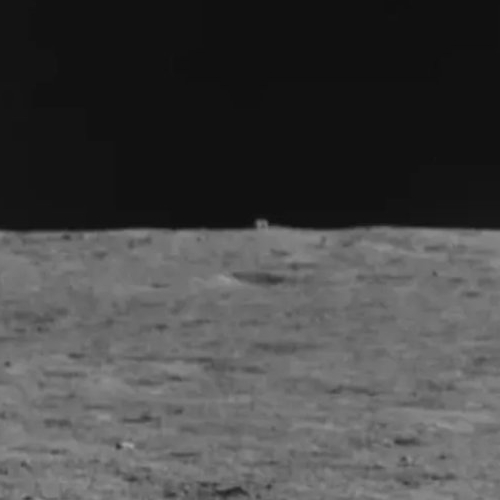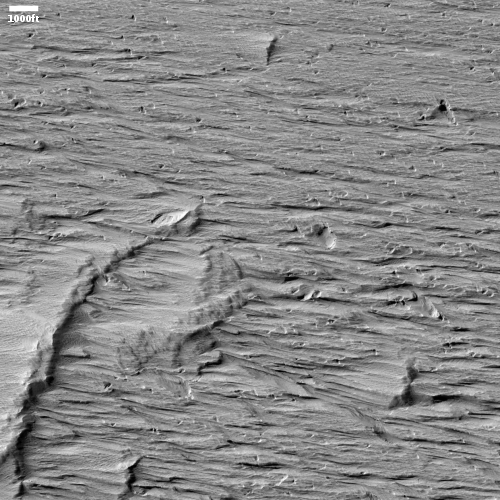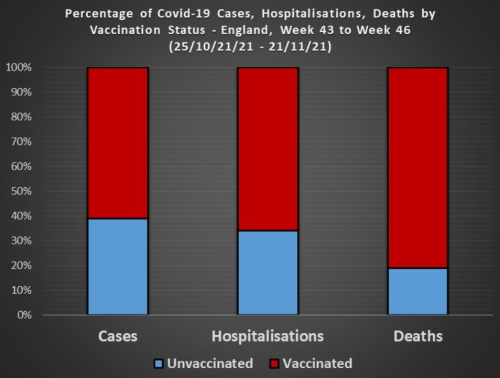Astronomers discover galaxy with no dark matter
The uncertainty of science: Astronomers have detected a galaxy about 250 million light years away that shows no evidence of any dark matter, a phenomenon that defies the accepted theories about dark matter.
The galaxy in question, AGC 114905, is about 250 million light-years away. It is classified as an ultra-diffuse dwarf galaxy, with the name ‘dwarf galaxy’ referring to its luminosity and not to its size. The galaxy is about the size of our own Milky Way but contains a thousand times fewer stars. The prevailing idea is that all galaxies, and certainly ultra-diffuse dwarf galaxies, can only exist if they are held together by dark matter.
Galaxy AGC 114905
The researchers collected data on the rotation of gas in AGC 114905 for 40 hours between July and October 2020 using the VLA telescope. Subsequently, they made a graph showing the distance of the gas from the center of the galaxy on the x-axis and the rotation speed of the gas on the y-axis. This is a standard way to reveal the presence of dark matter. The graph shows that the motions of the gas in AGC 114905 can be completely explained by just normal matter.
“This is, of course, what we thought and hoped for because it confirms our previous measurements,” says Pavel Mancera Piña. “But now the problem remains that the theory predicts that there must be dark matter in AGC 114905, but our observations say there isn’t. In fact, the difference between theory and observation is only getting bigger.”
The evidence for dark matter in almost all galaxies is the motion of gas and stars in the outer perimeter. Routinely they move faster than expected based merely on visible ordinary matter. To account for the faster speed, astronomers beginning in the late 1950s invented dark matter, an invisible material with a mass sufficient to increase the speeds of objects and gas in the outer regions of galaxies.
That increasingly astronomers are finding galaxies with no evidence of dark matter, based on rotation speeds, only makes this mystery all the more baffling.
The uncertainty of science: Astronomers have detected a galaxy about 250 million light years away that shows no evidence of any dark matter, a phenomenon that defies the accepted theories about dark matter.
The galaxy in question, AGC 114905, is about 250 million light-years away. It is classified as an ultra-diffuse dwarf galaxy, with the name ‘dwarf galaxy’ referring to its luminosity and not to its size. The galaxy is about the size of our own Milky Way but contains a thousand times fewer stars. The prevailing idea is that all galaxies, and certainly ultra-diffuse dwarf galaxies, can only exist if they are held together by dark matter.
Galaxy AGC 114905The researchers collected data on the rotation of gas in AGC 114905 for 40 hours between July and October 2020 using the VLA telescope. Subsequently, they made a graph showing the distance of the gas from the center of the galaxy on the x-axis and the rotation speed of the gas on the y-axis. This is a standard way to reveal the presence of dark matter. The graph shows that the motions of the gas in AGC 114905 can be completely explained by just normal matter.
“This is, of course, what we thought and hoped for because it confirms our previous measurements,” says Pavel Mancera Piña. “But now the problem remains that the theory predicts that there must be dark matter in AGC 114905, but our observations say there isn’t. In fact, the difference between theory and observation is only getting bigger.”
The evidence for dark matter in almost all galaxies is the motion of gas and stars in the outer perimeter. Routinely they move faster than expected based merely on visible ordinary matter. To account for the faster speed, astronomers beginning in the late 1950s invented dark matter, an invisible material with a mass sufficient to increase the speeds of objects and gas in the outer regions of galaxies.
That increasingly astronomers are finding galaxies with no evidence of dark matter, based on rotation speeds, only makes this mystery all the more baffling.











